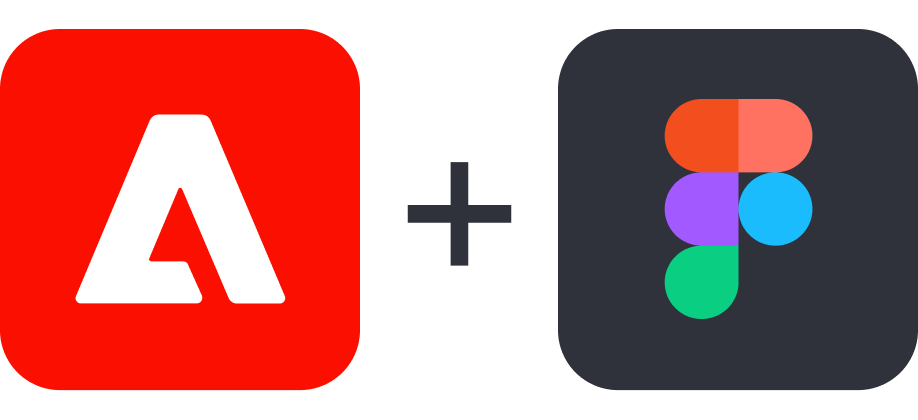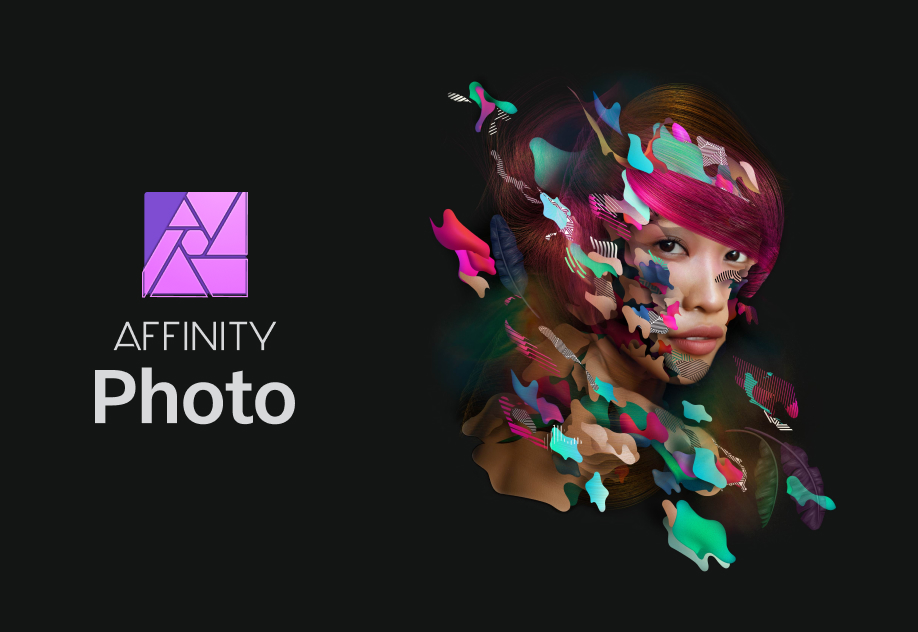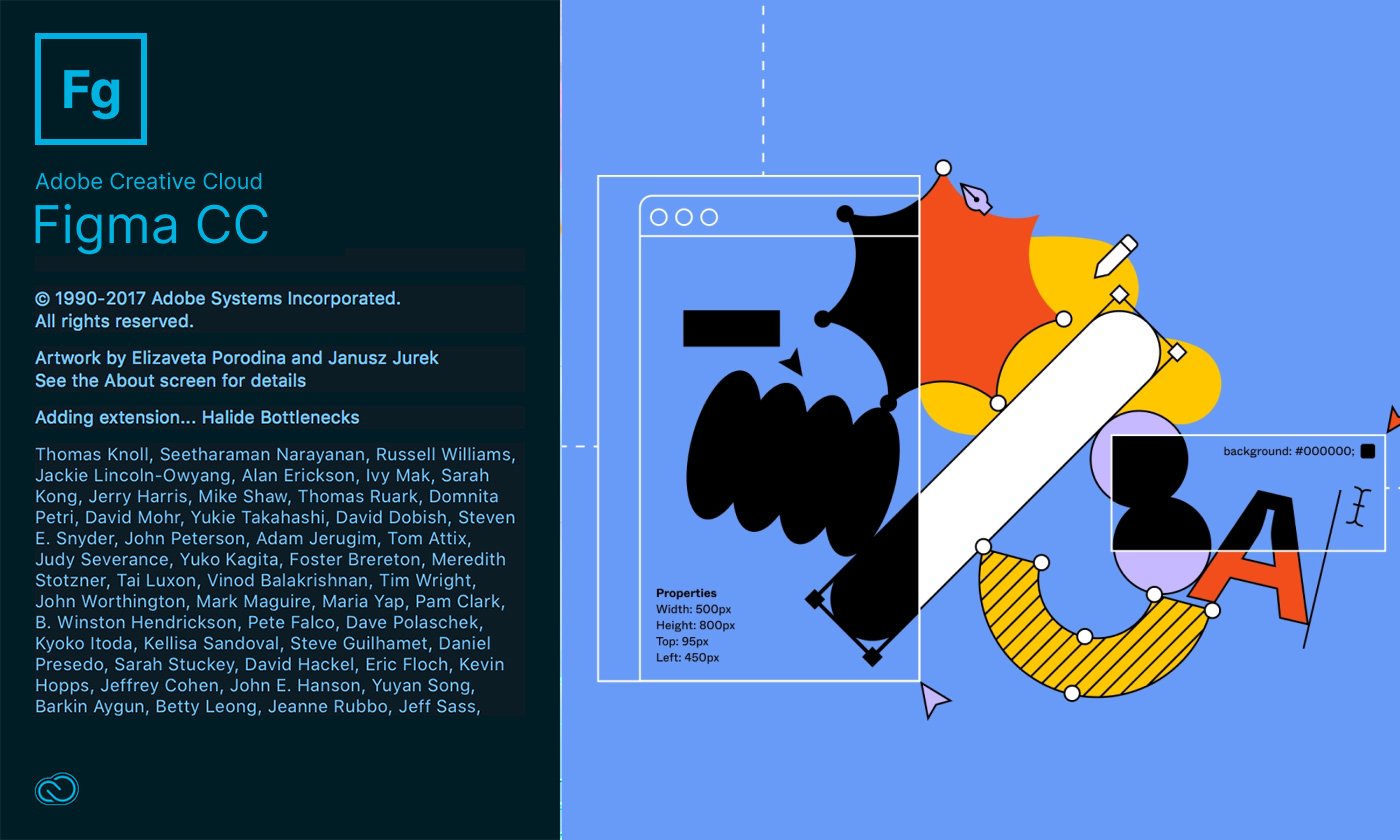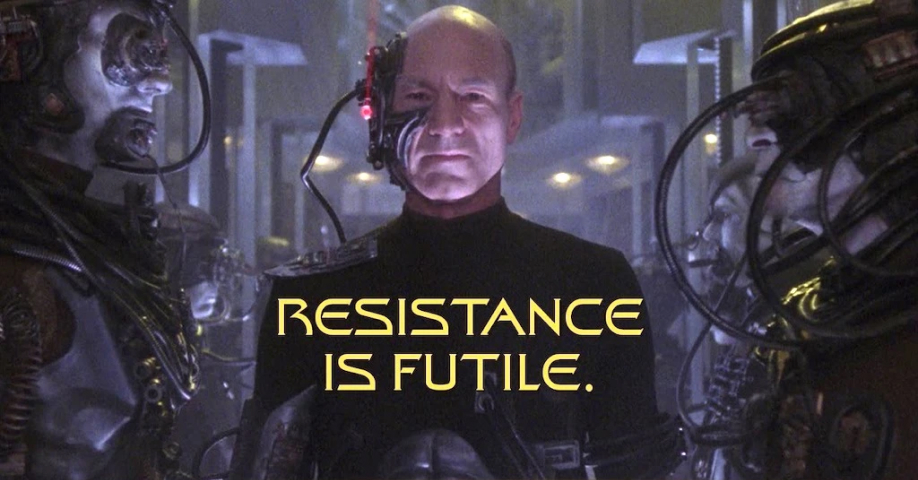I was going to write, "Figma is the design software I've been waiting 22 years for!" Great title, right? I thought so. I couldn't wait to get stuck into writing about how incredible Figma is, how I get a silly smile across my face every time I click that little colourful "F" icon. How Figma gave me renewed hope for interface design software at a time when Photoshop was way past its sell by date and when the new kid on the block made me nauseous. I was going to write about how Figma helped me get over my dirty little secret; I really dislike Sketch. Even my portfolio and logos are inspired by the Figma team's design style and language. I was going to write about how I giggled and laughed along with the Figma staffers during Config this year. How I wanted to jump right through the screen and work 24/7, no sleep, with those Figmates. Their passion and love for their product and respect for each other was damn infectious. This is how you build stellar software, I thought. Incredible humans building incredible products. I was going to write about all of that.

Then, the news broke and my Figma heart sank. A feeling of dread washed over me. How could Dylan and his merry band of Figmates do this to the waves upon waves of designers who'd flocked to the platform and ranted and raved about its awesomeness. I felt something terrible had happened. On the 15th of September 2022, Bloomberg reported that Adobe was purchasing Figma for 20 billion dollars, the largest ever buyout of a private software company! What. The. Actual. Flip? Designers went crazy on Twitter. The memes flowed. Adobe's stock had its worse crash in 10 years. New user signups to competitors were up by 5600%. The news was a big deal and many people were angry and dismayed. But why?
First, a short history lesson. Photoshop is what most old designosaurs like me began mocking up websites with. But Photoshop was never meant for interface design and its main purpose, as the name suggests, is for photo editing and graphic design. Using Photoshop for interface design was always a bit of a hack. It worked but it was time consuming and file and version management was a pain. Then along came Macromedia Fireworks, one of the very first applications aimed specifically for "web design". It was meh at best. Less destructive than Photoshop but it didn't have enough features for me personally to make the move. Sketch came along sometime around 2010 and it was in a different league to Fireworks. Finally, some proper software for interface design, including mobile. Designers fell over themselves running to Sketch. It did what it said on the tin and although it was only Mac based that didn't matter, most designers worked off Mac anyway. Plus, it was more intuitive than Photoshop. However, one of the main attractions was the price. If I remember correctly, it was a one time payment of somewhere under 100 dollars and the software was yours for life. Designers loved it, but I hated it and still do. Downloadable, buggy, clunky software captive to a single platform with a horrid interface and zero collaboration. Great software should make you want to get up in the middle of the night to use it. At the time, I couldn't voice my opinions too loudly. Nobody wants to be seen as the old stuffy designer clinging to his Windows PC and resistant to change. I love change, just not shi**y change. So, I tempered my opinions, looked for the good in the software and quietly wished for its demise. I hoped Adobe would finally get their act together and build a great interface design product. But alas, Adobe were asleep at the wheel. Like in a really, really deep sleep. More like a coma. Then, along came Figma, like a beaming ray of sunshine on a cloudy day. Figma was, and still is, a game-changer. Built specifically for interface design, browser based, platform agnostic, fast AF, incredible collaboration, a constant flow of new features, a CEO and team who actually listen to their users (imagine that) and, drum roll, a free tier for individuals. And right there is the bone of contention that brings us back to the angry Figma users today.

Adobe products are great. Adobe, the company, not so much. Adobe's Creative Cloud and its pricing structure has long caused upset with creatives and, the company has a reputation for mistreating customers trying to cancel subscriptions. I've been using Photoshop and Illustrator for over 20 years and I adore them both, but even I have begun the move away from Adobe. I dropped InDesign a few years ago for Affinity Publisher and never looked back. Affinity also have an alternative to Photoshop and Illustrator but I haven't jumped to those, just yet. Looking at Adobe's Creative Cloud pricing structure right now a subscription will set you back a paltry €737.85 per year. Yep, you read that right, nearly one thousand euro per year for an individual plan subscription. I can see why the suits would make it difficult for their customers to cancel a subscription. They even have the cheek to tag it with a little gold label saying "Best value". It's no wonder their profits from May 2021 to May 2022 were almost 15 billion dollars. Obviously, that price is astronomical per year for any individual creative to pay but it's also the message that it sends. It's the equivalent of a porter in a fancy hat outside a prestigious hotel looking down their nose at the unworthy trying to gain entry.
Figma designers feel betrayed, and rightly so. As recently as last year, Dylan Field posted on Twitter, "Our goal is to be Figma not Adobe". But what needs to be remembered is that Figma is a startup with investors. The problem with startups is their leaders usually peddle the same old sthick; vision, passion, disruption, changing the world and all that jazz. Don't get me wrong, they're not lying, it's true. But the problem with, "the sthick", is that sometimes it overshadows the fact that exit strategies are built into the DNA of startups, whether it's an IPO or, in this case, an acquisition. Changing the world or disrupting an industry may be one of the driving forces and a great way to rally the troops but the pay day is usually always the end goal for leaders and investors and why wouldn't it be. Imagine an investor wanting to make money back on an investment. Shocking behaviour altogether. The fact that Dylan Field was introduced to Adobe's chief business officer of digital media, David Wadhwani, through Greylock, an investor in Figma, speaks volumes. And, according to Michal Malewicz, there's the shocker that Figma have never actually turned a profit and have been burning through investor's money all this time.
It makes perfect sense for Adobe to buy Figma. As mentioned previously Adobe were asleep at the wheel reacting to the need for an interface design product, and when Adobe XD eventually came out of beta in late 2017, it was too late. I have used XD and it's a decent piece of software. As a long time Adobe user it seems familiar. It's easy to use, everything makes sense and it has a good interface. But there were many features lacking, not the least of which was collaboration. The whole experience reminded me of the Macromedia Fireworks days, it was just meh and certainly no Figma. Have we all not just moved past clunky, downloadable, installable software? Of course we have, and my hope is that Adobe have realised that now too, hence the whole "largest-ever buyout of a private software company" thing.
It would be great if Adobe could look past buying just the Figma tool(s) and realise that the magic bullet they now have in their arsenal is the people behind Figma and their ideas and ethics. The optimistic side of me wants to think that "Adobe Figma" heralds in a new beginning for Adobe, one where they will listen to and respect their customers, where they will rethink their creative cloud, their pricing models and use Figma's products and people as a benchmark for how to move Adobe into the future. A future where they can abandon their arrogant approach to customers and adopt a new customer-centric approach. I don't think Adobe would spend 20 billion just to kill off Figma and pave the way for XD. I think XD will eventually be put out to pasture, and I spared a thought for the XD team when the news first broke. It's safe to say that Adobe will keep Figma alive but in what form they keep it alive is the 20 billion dollar question. Hopefully, this is an opportunity for Adobe to examine the DNA of Figma and bring some of that to their own products and wider organisation.

Mockup by Pedro Marques
When the acquisition was confirmed by Adobe, Field tweeted, "With access to @Adobe's deep expertise and technology, we believe @Figma will be able to achieve our vision of 'making design accessible to all' even faster." While Adobe's, David Wadhwani, wrote, "Figma bet on the browser early and unlocked entirely new ways for people to collaborate. They've proven that the browser can be a rich design surface and that a true multi-player user experience can profoundly benefit product designers, product developers and other stakeholders. The productivity tools of the future will be web-based, multi-player, and infused with a new generation of capabilities for creative expression that Adobe is uniquely positioned to provide." He went on to say, "By bringing powerful capabilities from Adobe's imaging, photography, illustration, video, 3D and font technologies into the Figma platform, we can benefit all customers involved in the product design process, from designers to product managers to developers."
So, it seems on the face of it, that Figma isn't going anywhere and that quite possibly Adobe does now understand the value of browser based software and collaboration. Not surprising, given the fact that Figma has been gobbling up Adobe's users since 2016. Even the most loyal of Adobe customers, Microsoft, couldn't keep its employees away from Figma. Adobe's shares have also been dropping consistently and investors expressed concern about the organisation's future with the likes of Figma, Canva, Penpot and Lunacy gaining popularity - most being browser based. I'm confident the old Adobe designosaurs finally realised it was time for change and that the Figma acquisition is their move to a more browser software and collaboration friendly Adobe. Field also said that he "Firmly believes this deal is what's best for Figma users. It's unfortunate that people don't see that quite yet, but also it's to be expected. We can start to bring these capabilities Adobe has onto our platform, make them web based, make them collaborative and start to address different markets that we're not even serving right now and didn't even have the ambition to serve before." Field seems to be most excited about using Adobe's resources to scale and reach more users. He will now be reporting to Adobe's, David Wadhwani with the Figma team still reporting to him. Field said that he will continue to focus his attention on Figma after the deal is completed but that he would provide advice to Adobe with their products. InDesign being an example of one product he thinks would benefit from more collaboration. What an incredible opportunity for both Field and Adobe. Having the space to shake up and potentially reinvent the ageing behemoth. But it'll be a tough slog and I hope Field and the Figma team can stick it out, for all our sakes.
The concerns of Figma designers everywhere are understandable but everything at this point is just conjecture. At the end of the day nobody really knows what's going to happen. Adobe could kill off Figma and run with XD. They could blitz Figma's free tier and gobble it up into the Creative Cloud and charge a gazillion dollars a month for it. Dylan could see out whatever time he's contracted to at Adobe and then high-tail it out of there. The Figmates could leave. And all sorts of other terrible things could happen to lead to the demise of the best interface design software the world has ever seen. Wait, I said that already didn't I? But then again, imagine and hope, just for a minute, it all works out.
Addressing the main worry, the removal of the much loved free tier. Adobe's Scott Belsky said, "Figma's pricing model will remain freemium. We don't want to fix something that's working really well. Users won't need to have a Creative Cloud subscription to work on a document." Figma's Dylan Field said, "There are no price increases planned. Figma will always be fully free for education. I am very committed to maintaining a free tier, which fuels adoption."
Another big concern is bloatware. Even Field once said himself that one of the biggest problems with software is knowing what features to include in a product and knowing when to make an entirely new product with those features. On that Scott Belsky said, "I understand why customers are always afraid of change but when you have the right people that are really aligned with the same principles and recognize the value of what's being brought in, sometimes it really turns out magnificently. The rest of Adobe's portfolio will take cues from Figma on collaborative updates. Figma's multiplayer web platform may be adopted for Adobe's other creative offerings, and its FigJam whiteboarding and presentation capabilities may be integrated into Adobe Express and Acrobat."

For what it's worth here are my two cents. Field will remain at Adobe for the term of his contract before moving on. Adobe XD will be put out to pasture. Figmates will be paid so well it won't make sense for them to leave Adobe. Figma will become an even better piece of software with better image editing capabilities. And last but not least, Figma's free tier will disappear sometime in 2024. As optimistic as I am about the acquisition, there is zero chance Adobe will let people use any of its software for free.
Personally, I've decided to be optimistic about the whole thing. I'm not jumping ship to Penpot (they have a hella long way to go before they're even in the same universe as Figma), I'm certainly not going back to Sketch and I'm not going to partake in the understandable misery of Figma designers. I'm just going to keep enjoying Figma, wait to see what 2023 and 2024 brings and maybe I'll even open a special Adobe Figma savings account now so I can afford the subscription when it does eventually arrive.
This video from Malewicz is a really worth watch.
And, another video worth a watch by Mizko.